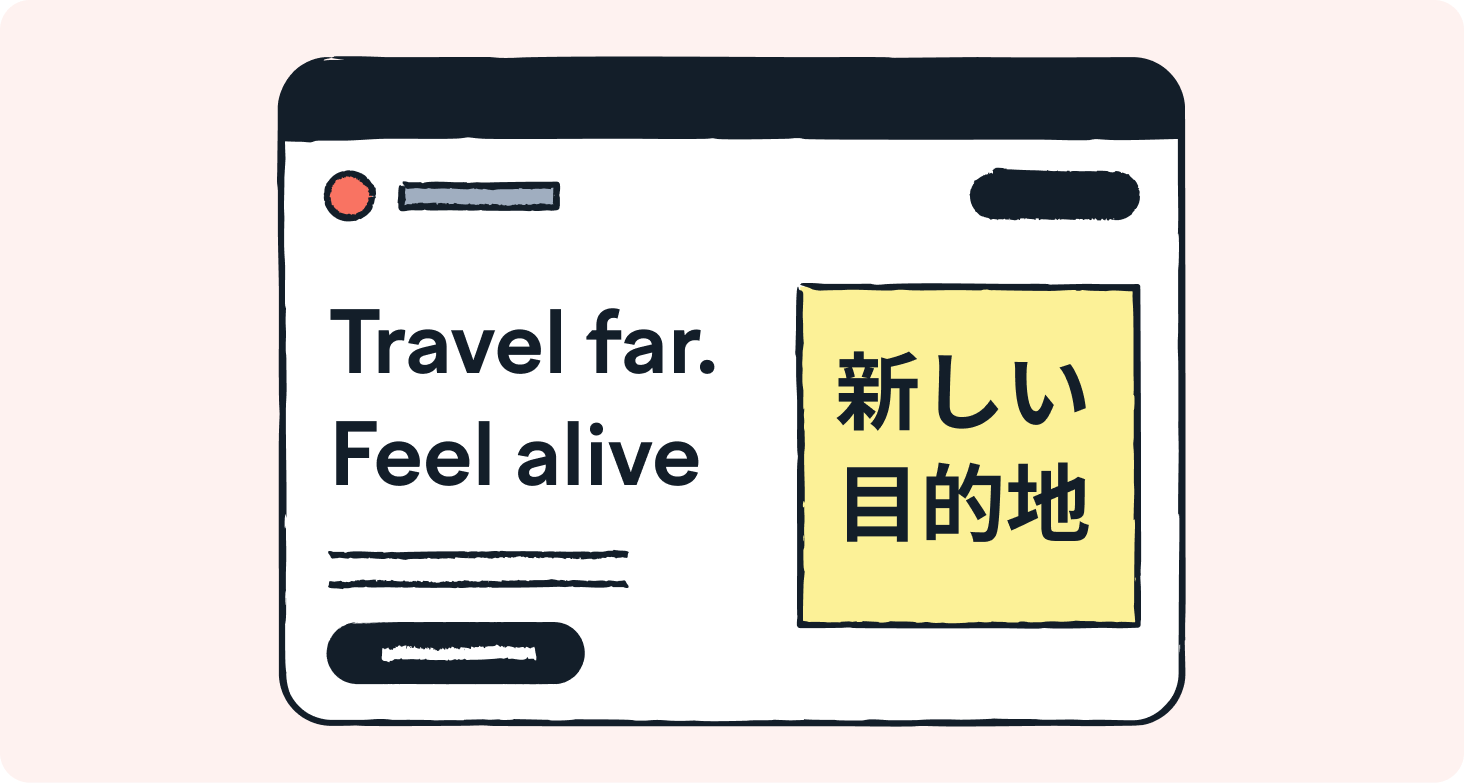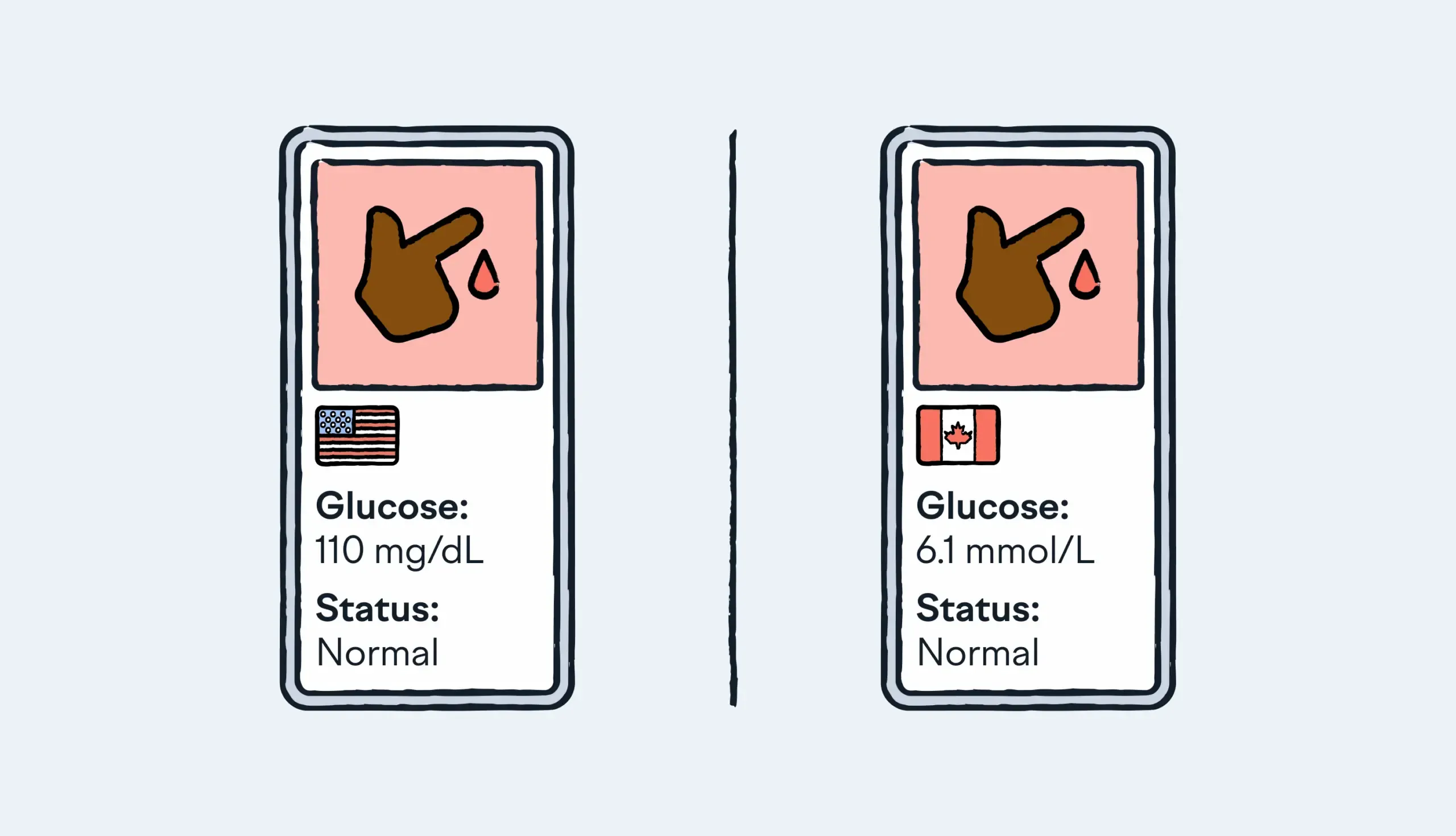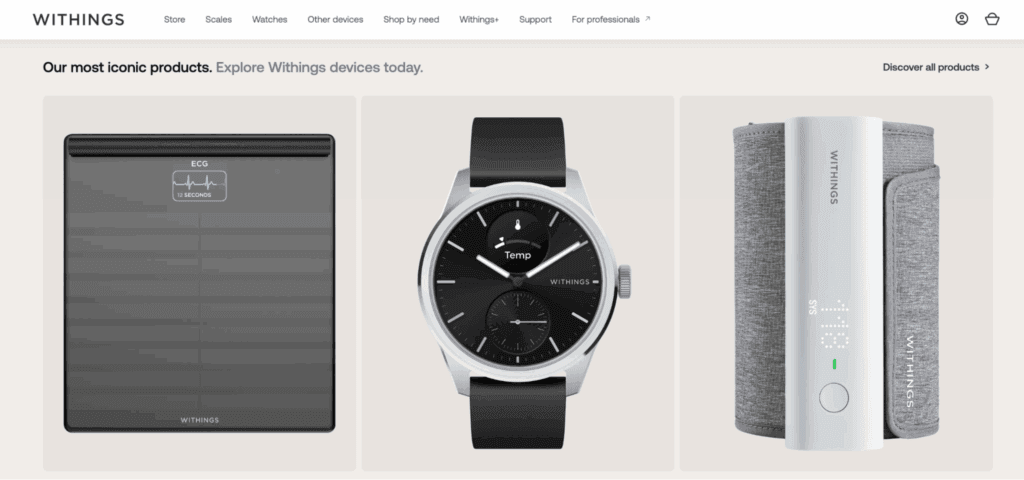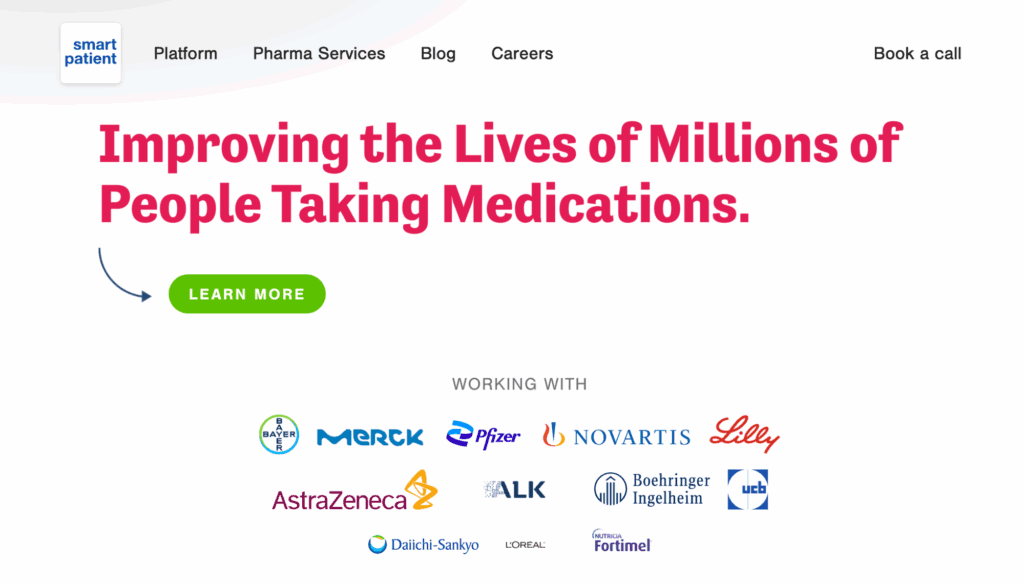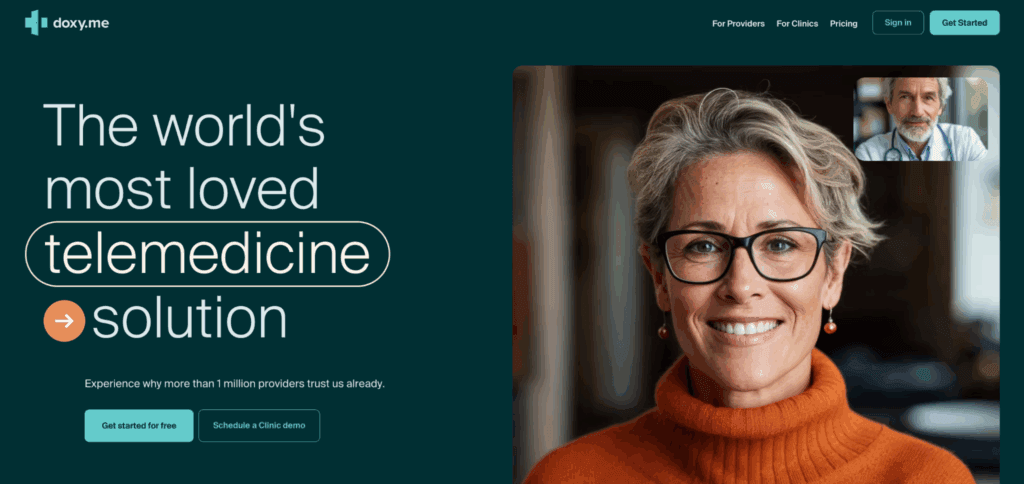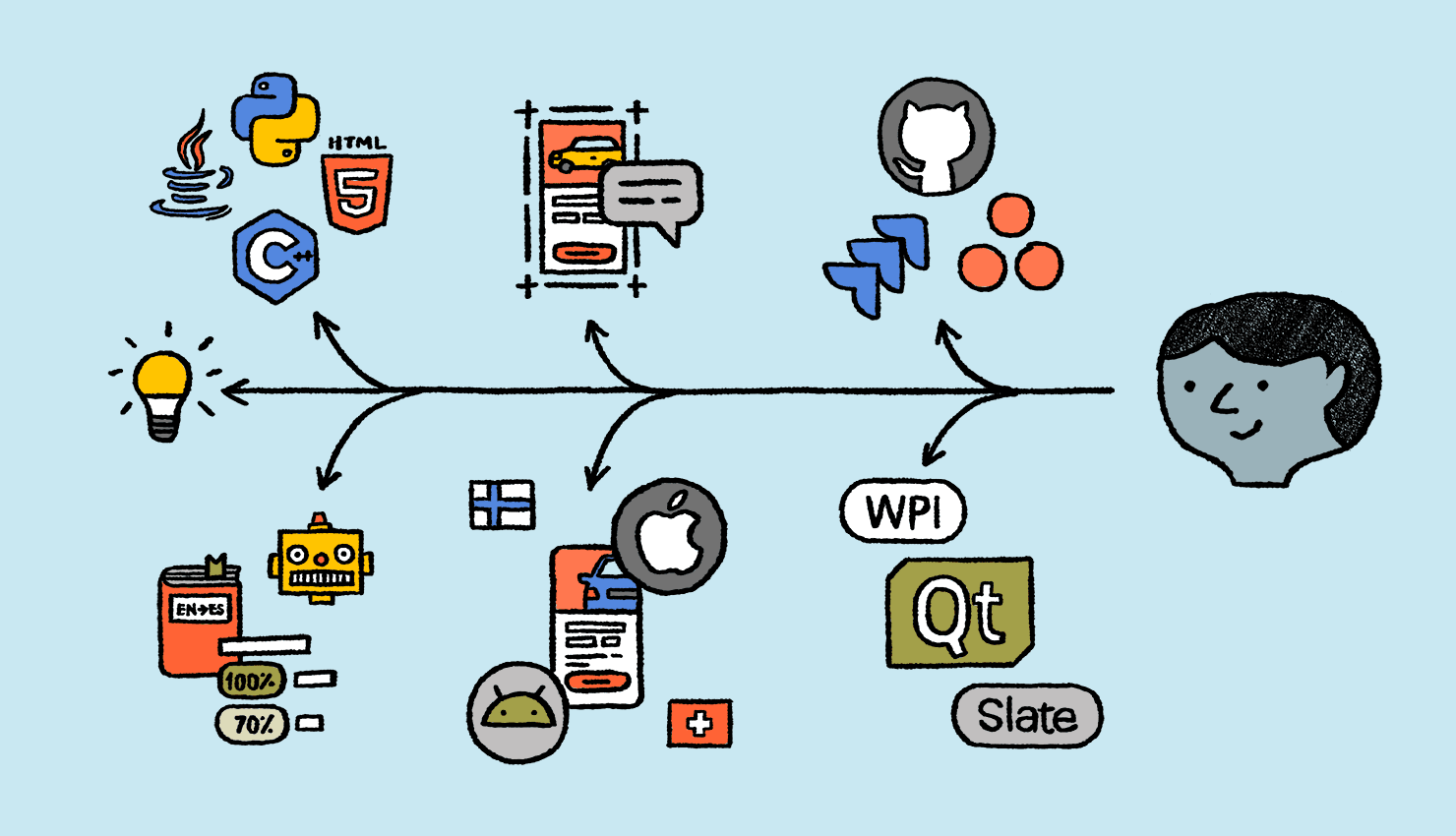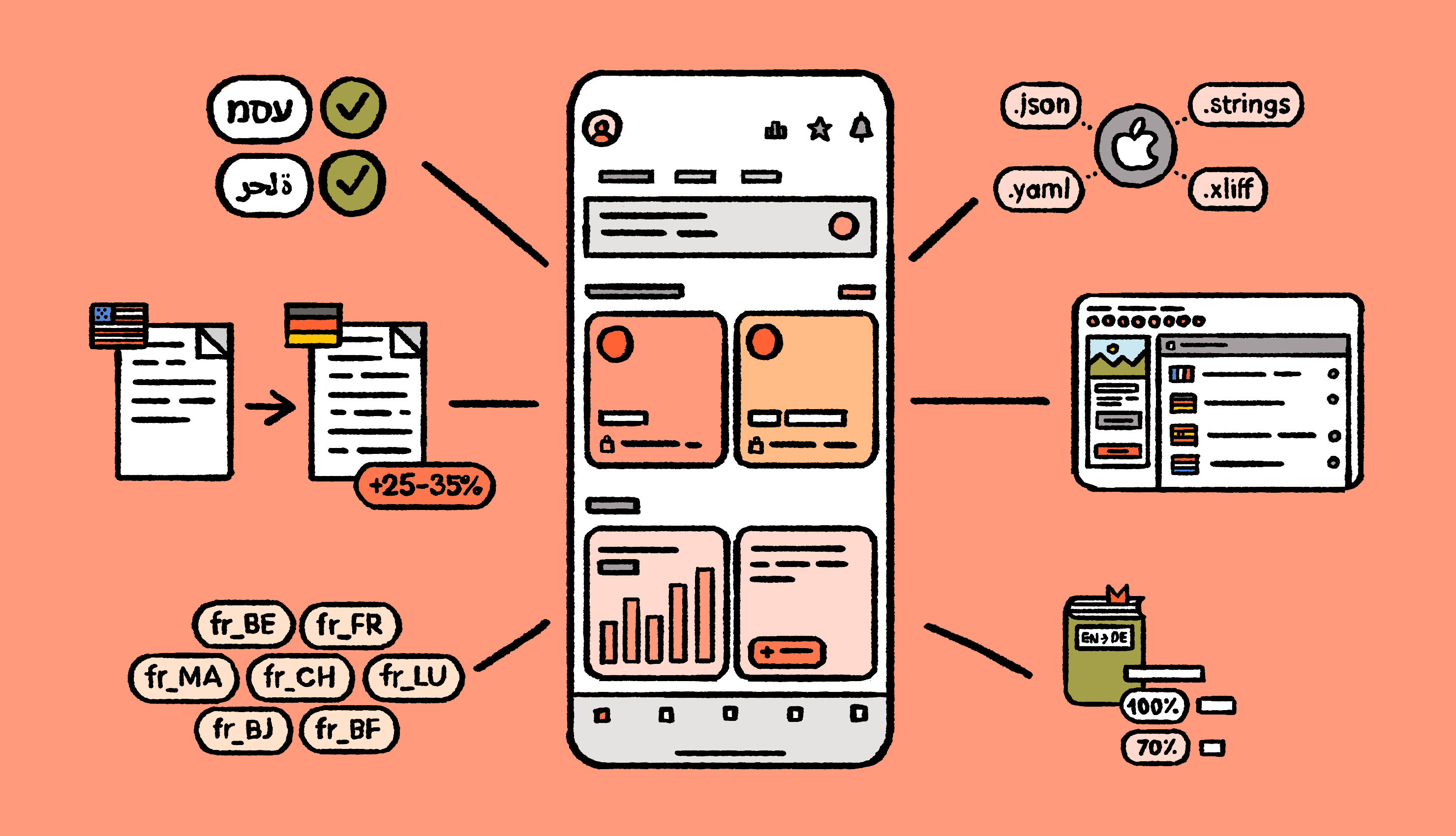Key elements to localize in medical software
When localizing medical software, the stakes are high. Every detail matters. You need to think like a local clinician, a regulator, and a patient, and take into account each party’s needs. Here's where to focus your attention.
1. User interface and terminology
Every button, label, and menu item needs to make sense to local users. But even within the same language, there can be nuances. Let’s take UK and U.S. English for example.
- UK patient: “I’m going to the doctor’s surgery.” = “I’m going to the doctor’s office”
- U.S. patient: “I’m going to surgery.” = “I’m going to undergo an operation.”
That’s why local context matters, especially in software localization.
2. Measurement units
Units matter a lot. Whether it’s mg/dL or mmol/L, pounds or kilograms, Fahrenheit or Celsius, they all need to be adapted and double-checked for each market. Miss just one, and you could end up with a clinical error or a wrong diagnosis.
Healthcare data is packed with details. Think dates, dosage times, lab results. And the way those are written isn’t the same everywhere. One country might use DD/MM/YYYY, another MM/DD/YYYY. Some use 24-hour clocks, others don’t. Even decimal points and commas switch places.
If that isn’t handled carefully, records can get misread. And in healthcare, that can mean serious delays
4. Clinical workflows and local standards
Many workflows are embedded in the software. Think referral processes, billing logic, or diagnostic coding. Everything needs to match how healthcare actually works in each country. The way care is delivered isn’t the same everywhere, and your software has to reflect that.
This is why in order to localize workflows effectively, you need to involve local medical professionals early in the process for workflow validation.
